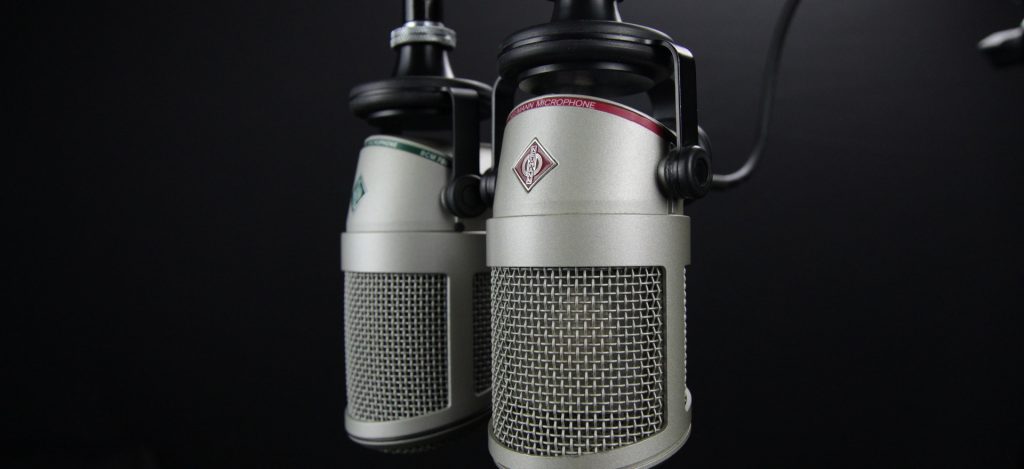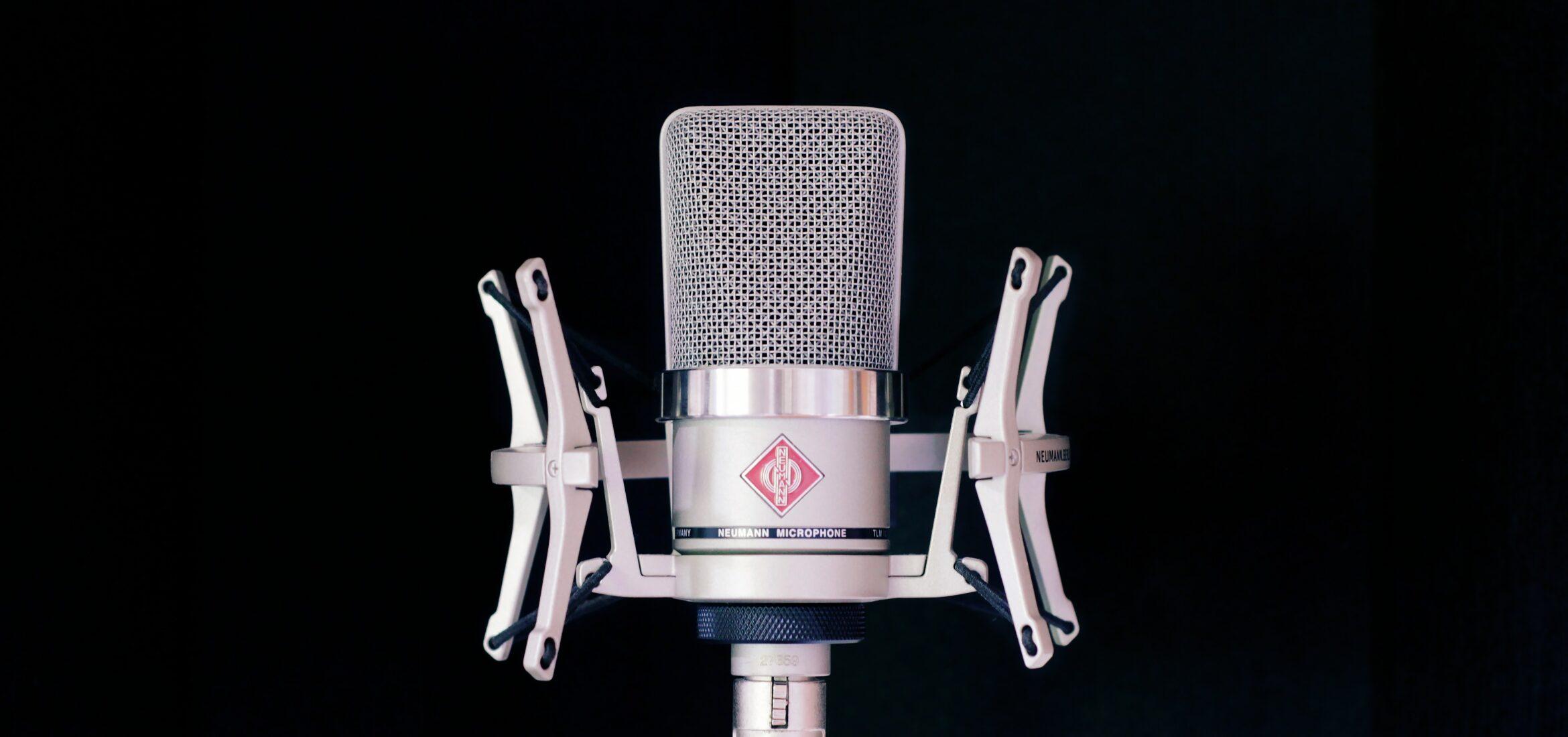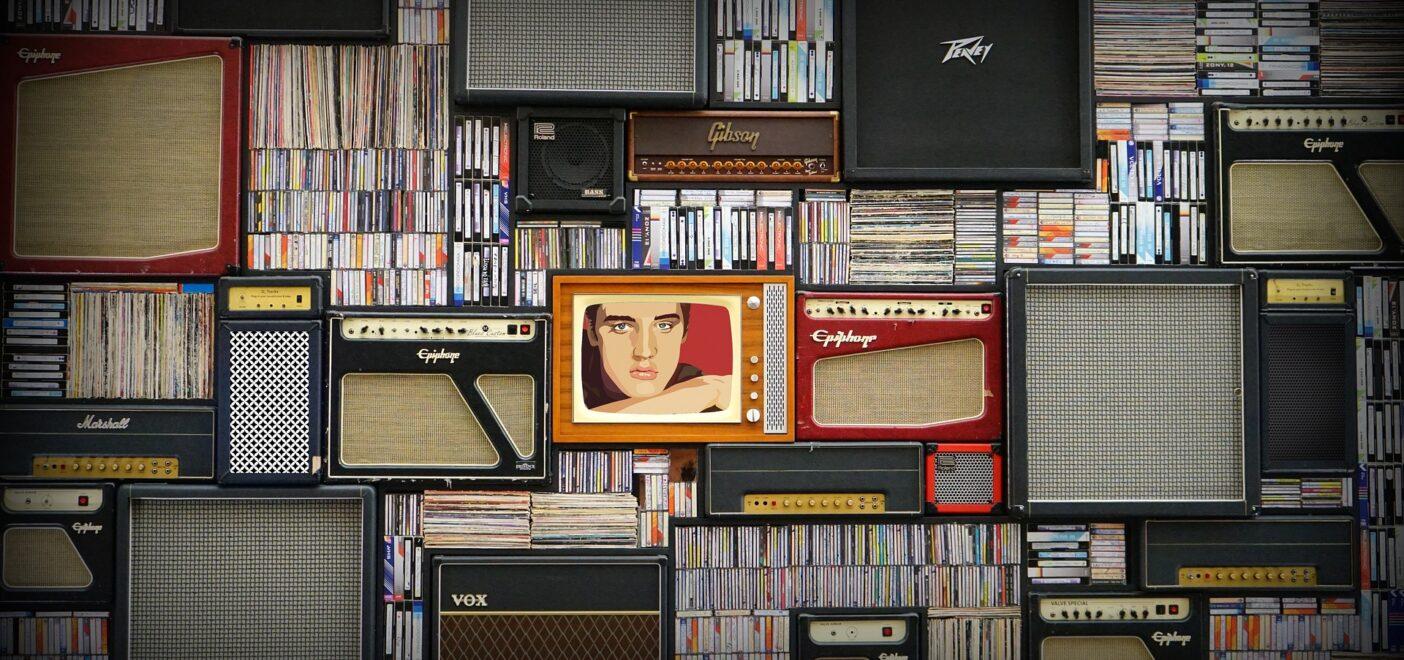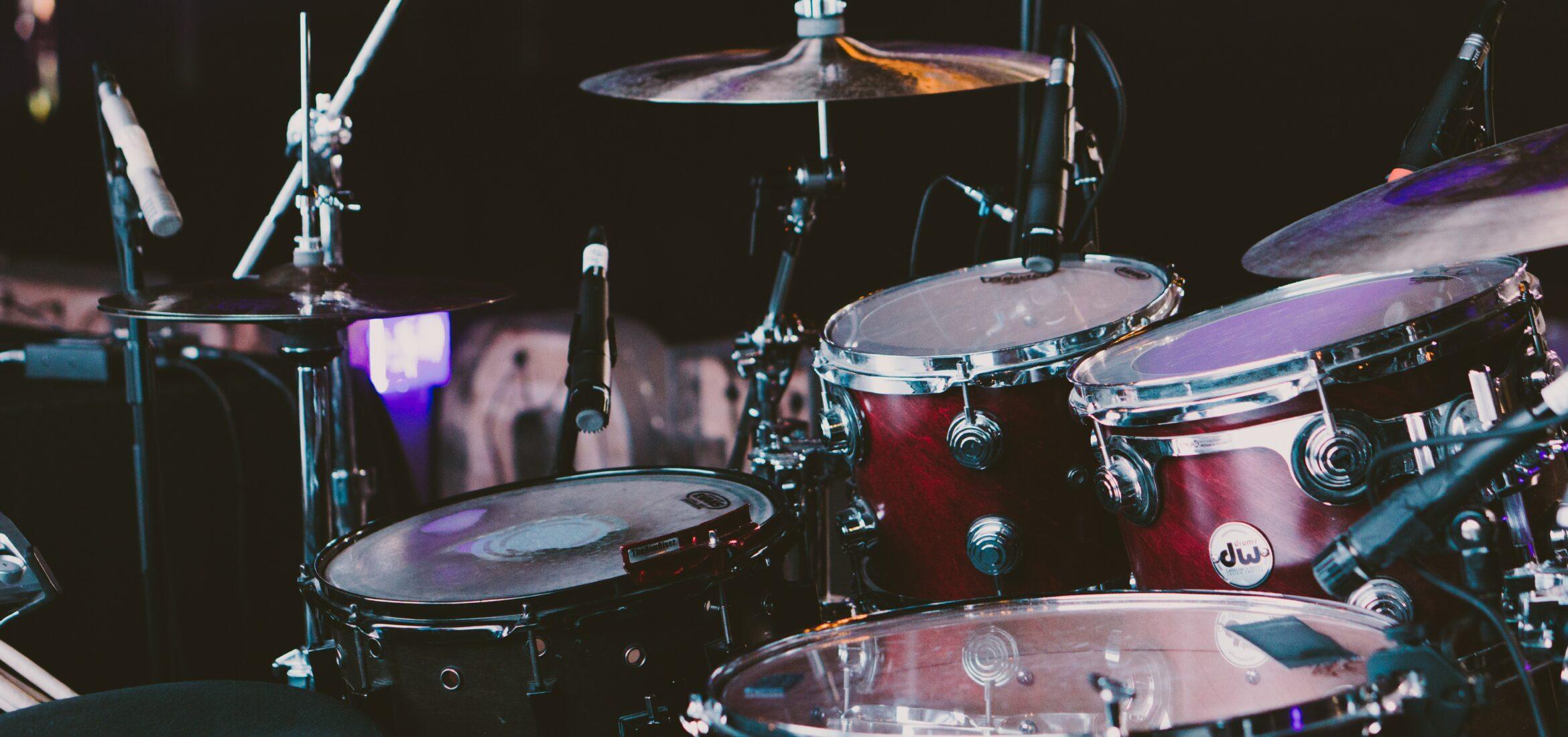The purpose of a room mic is to capture the ambience of the space you’re recording in. Sounds simple enough right? Well, it’s not quite that easy. Generally, there is far more to think about that you may initially realise. Let’s get stuck into some key things to think about when placing a room microphone.
Why should I use a room mic?
The use of a room mic in its simplest form is to capture the space you are working in. Perhaps you’re recording a choir in a church. That beautiful reverb it creates is unique and you’ll certainly want to capture it. Using room mics allows you to position yourself in different places and capture a sound source in a variety of ways. Often, piano pieces are recorded using room mics positioned to simulate the audience. This allows the engineer to mix the song from a performance perspective. Ambience is your friend, make use of it.
When should I use a room mic?
The answer to this question can be quite subjective. Whilst plenty of people may choose to always use one, it isn’t always necessary. If you are aiming for dry, tight recordings then you won’t need a room mic. Equally, if the space you are recording in is less than ideal, a room microphone could leave you with all sorts of problems.
A general rule I like to ad-hear to is that good old fashioned saying of using your ears. Typically, once I’ve mic’d up an instrument, I will sit in the control room and simply listen to the studio monitors. Am I getting enough ambience from what I’ve done or do I want more? Remember, it’s better to have a room mic capture the ambience even if you choose to dial it back later on.
How do I position a room microphone?
This is done in a multitude of ways and there aren’t really any wrong ideas. There are simply considerations to take into account.
The first thing to think about is phase. Making precise measurements when placing room mics is important. If your microphones are out of phase, you’ll end up with weak recording. One simple concept to utilise is the 3:1 rule. This idea tells us that for every one unit of distance from source our first microphone is, the next microphone should be three times that distance from the first mic. For example, an overhead mic on a drum kit is 42” from the snare. To be in keeping with our rule, we will position the room mic 126” from the snare.

Secondly, think about reflections from surfaces in your space. Stick your room mics too close to a wall or a corner and you are going to capture horrible build ups of particular frequencies. Equally, if the room mic is in the dead centre of the space, you’ll end up in a null point, resulting in a weak recording. Whilst these all sound like bad things, we can use proximity to our advantage. Let us say that you are setting up room mics for a drum kit. You’re listening back and wishing you had just a little more low end. By moving our room mic closer to the floor, we accentuate the proximity effect, resulting in boosted lows.
What do you want to hear?
If your aim is simply to provide your entire mix with a bit more depth, a mono room mic squashed through a FET compressor will do the job. However, if you’re looking at imparting particular sonic qualities on your music, a little more finesse may be required. You don’t need to limit room mics to mono or stereo. They can be positioned at any point in the room (keeping our first two rules in mind) in order to capture a certain sound. Just bear in mind that too much ambience is likely to sound muddy. Many studios will place room mics in corridors outside their live rooms to capture an indirect sound with a complementary but distinct tone. Equally, in larger spaces, you can utilise vaulted ceilings or cornered off sections to hear late reflections and add a wonderful sense of air to your mix.
TL;DR
Room mics should be used when you’re looking to capture more space. They can be used in unusual spaces to capture new sounds and create new ideas. There are a few rules that must be considered such as proximity and phase. If you can keep all of this in mind, your room mic usage will increase exponentially. For a great audio example of the ideas this article has discussed, check out this video.
Sobre el autor

Tim Dunphy
Ingeniero de sonido y redactor de contenidos especializadosMás de 10 años de experiencia trabajando en el sector del audio. De todo, desde enrollar XLR hasta masterizar álbumes. Soy un hombre hecho a sí mismo y mantengo mis activos en Bitcoin. ¿Qué más hay que saber?
Deja un comentario
Entrar para comentar



